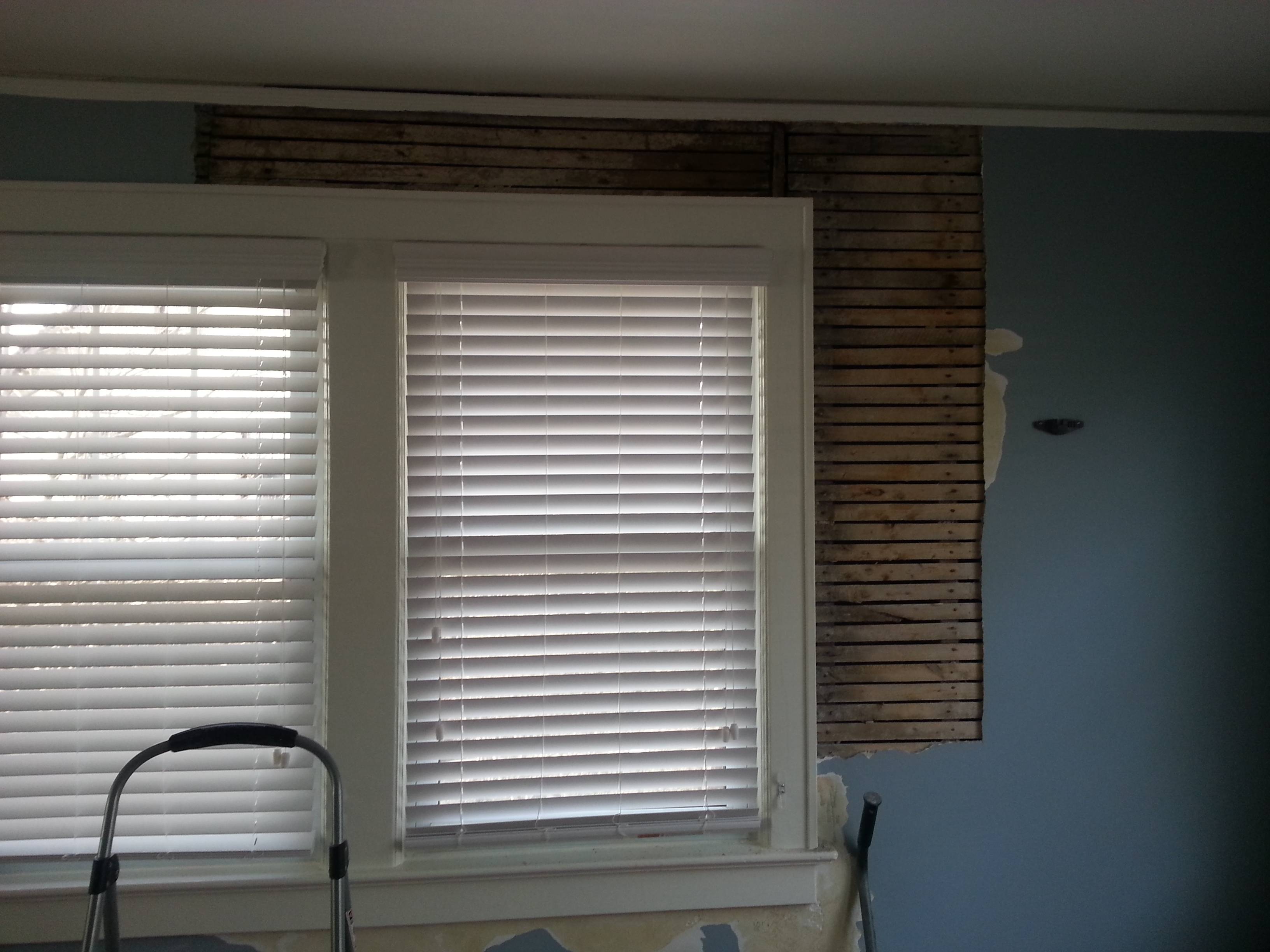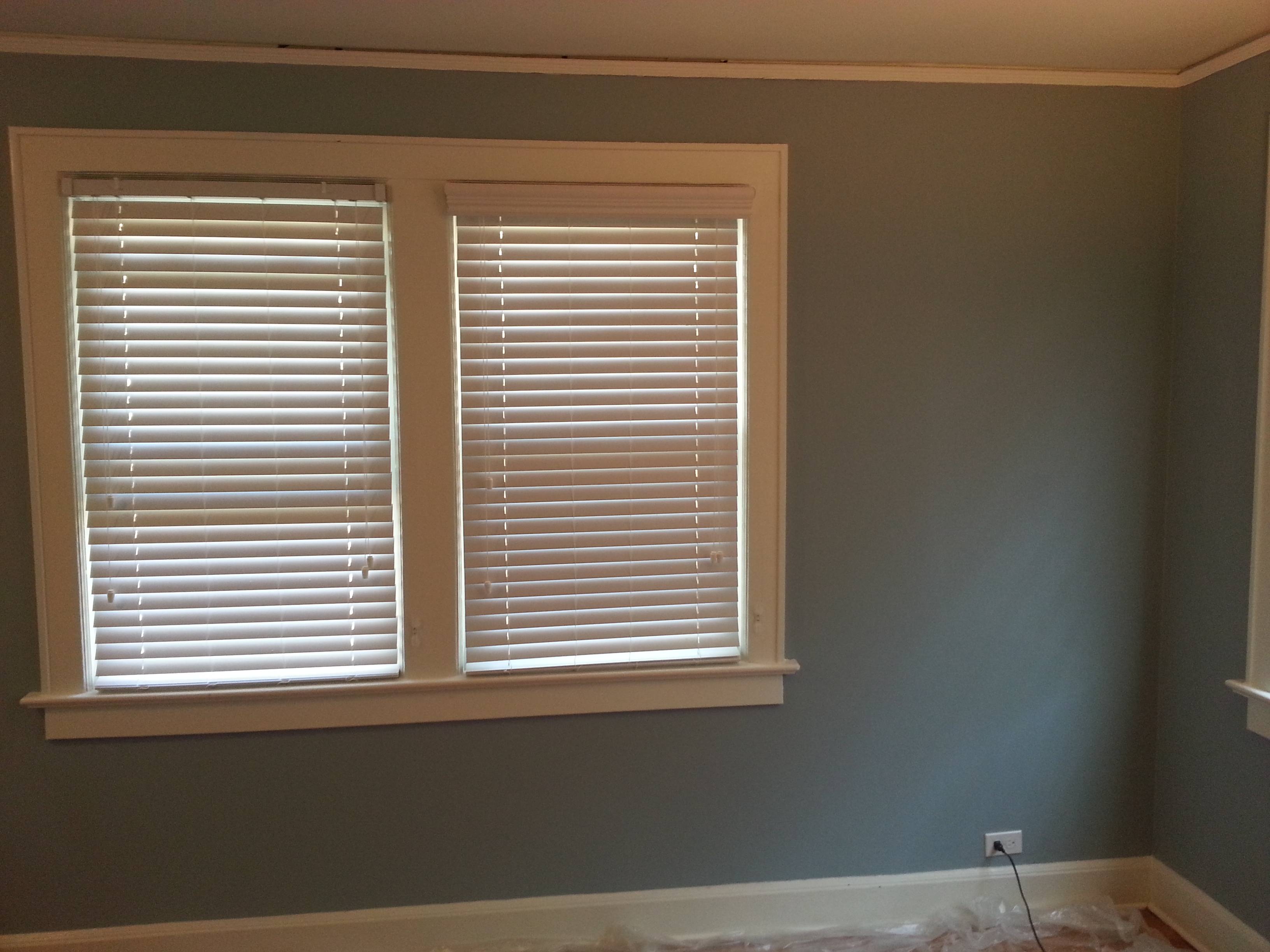A couple weeks ago ice damming in my gutters caused a lot of damage to my plaster wall inside my house.


I got an estimate of around $2500 to fix the issue so I'm going to attempt it myself. Here is what I plan to do:
Remove the plaster from the wall in a rectangle from the right side of the window frame to the first stud past the right side of the water damage. Remove any of the damaged plaster outside of that area. The plaster is attached to wood lath.
Install moisture / mold resistant drywall over the wood lath in the large rectangular area where I removed the plaster.
Layer on plaster over the drywall and patch the other areas until the wall is smooth.
Paint.
My questions are:
Is there a specific type of drywall I should purchase for this job?
Is there a specific type of plaster I should use for this job?
Do I risk damaging the plaster molding just below the ceiling?
Any comments or things to consider when doing this job would be greatly appreciated. Thanks in advance!
UPDATE (3/17/2015):
Before I started to prep the plaster I cut a hole to double check there was never any insulation (there's none throughout the house) behind the wall and discovered that this situation had clearly occurred before (I just moved into the house four months ago) since there was already sheet rock screwed to the wall and plastered over.
I removed the sheet rock, as it seemed pretty messed up from the water damage. There was no insulation and everything seems pretty dry now. Here is what it now looks like:

UPDATE (4/05/2015):
Just wanted to give a quick update to show the finished result. This was my first real home improvement project and though it was daunting, and at times it seemed like I bit off more than I could chew, it came out great. Thanks for the help guys!


